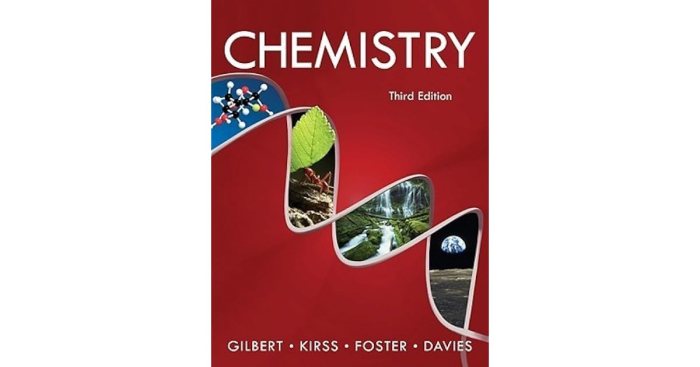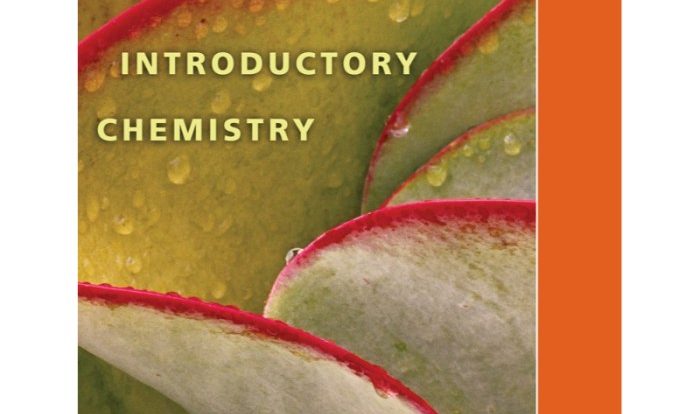Mole conversion worksheet working with moles and particles – Introducing the mole conversion worksheet, an essential tool for mastering the intricacies of chemistry! This worksheet empowers you to delve into the world of moles and particles, unraveling the enigmatic relationship between their numerical quantities and mass.
As you embark on this journey, you will discover the secrets of converting between moles and particles, armed with the invaluable Avogadro’s number. Our step-by-step guide will illuminate the path, making mole conversions a breeze.
1. Introduction to Mole Conversions
In chemistry, a mole is a unit of measurement that represents a specific number of particles, typically atoms, molecules, or ions. It is defined as the amount of substance that contains as many elementary entities as there are atoms in 0.012 kilograms of carbon-12.
The mole is a fundamental unit in chemistry and is used to relate the mass of a substance to the number of particles it contains. The relationship between moles, particles, and mass is given by the following equation:
Moles = (Mass in grams) / (Molar mass in grams per mole)
Mole conversions are essential in chemistry for calculating the amount of reactants and products in chemical reactions, determining the concentration of solutions, and performing various other calculations.
2. Working with Moles and Particles
To convert between moles and particles, we use Avogadro’s number, which is equal to 6.022 x 10 23particles per mole. This number represents the number of particles in 12 grams of carbon-12, which is the definition of a mole.
To convert moles to particles, we multiply the number of moles by Avogadro’s number. To convert particles to moles, we divide the number of particles by Avogadro’s number.
Here is a step-by-step process for performing mole conversions:
- Write down the given information.
- Identify what you are converting from and to.
- Use the appropriate conversion factor (moles or particles).
- Multiply or divide the given value by the conversion factor.
- Check your answer to make sure it is reasonable.
3. Mole Conversion Worksheet: Mole Conversion Worksheet Working With Moles And Particles
A mole conversion worksheet is a tool that can help you practice converting between moles and particles. The worksheet can include a variety of problems, such as converting grams to moles, moles to particles, and particles to grams.
Here are some tips for completing a mole conversion worksheet:
- Read the instructions carefully.
- Show your work for each problem.
- Check your answers using the answer key.
4. Examples and Applications
Mole conversions are used in a variety of applications in chemistry, including:
- Calculating the amount of reactants and products in chemical reactions
- Determining the concentration of solutions
- Converting between different units of measurement
Here are some real-world examples of how mole conversions are used:
- A chemist needs to know how many moles of sodium chloride (NaCl) are in 50 grams of the compound. The molar mass of NaCl is 58.44 grams per mole. Using the mole conversion formula, the chemist calculates that there are 0.856 moles of NaCl in 50 grams.
- A doctor needs to know how many milligrams of aspirin (C 9H 8O 4) are in a 325-milligram tablet. The molar mass of aspirin is 180.15 grams per mole. Using the mole conversion formula, the doctor calculates that there are 0.0018 moles of aspirin in a 325-milligram tablet.
Question Bank
What is a mole?
A mole is a unit of measurement used to quantify the amount of a substance. It is defined as the amount of substance that contains exactly 6.022 × 10^23 elementary entities.
How do I convert between moles and particles?
To convert between moles and particles, you can use Avogadro’s number, which is 6.022 × 10^23 particles per mole.
What are some applications of mole conversions?
Mole conversions are used in various fields, including chemistry, medicine, and environmental science, to determine the amount of reactants and products in chemical reactions, calculate concentrations of solutions, and analyze the composition of substances.

